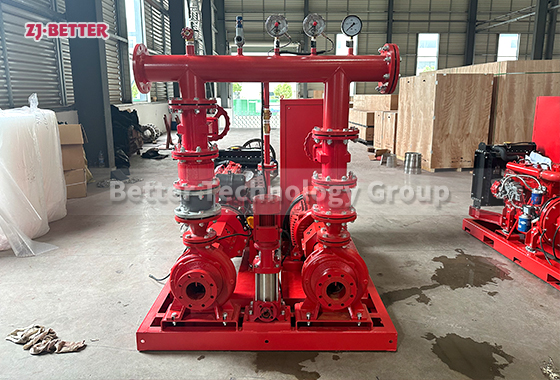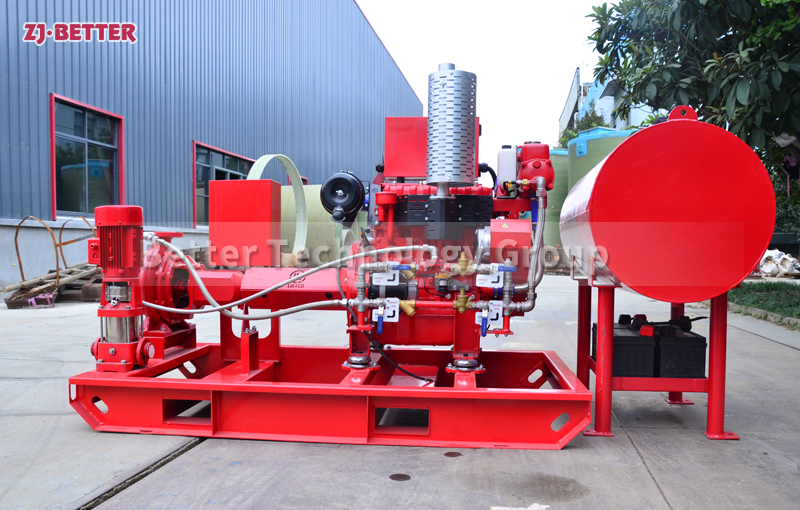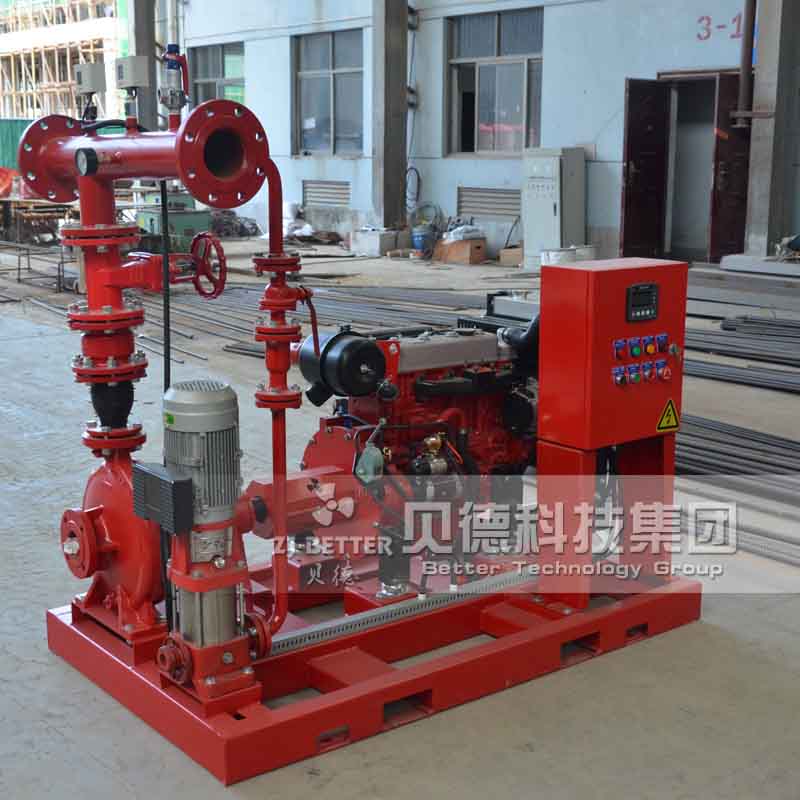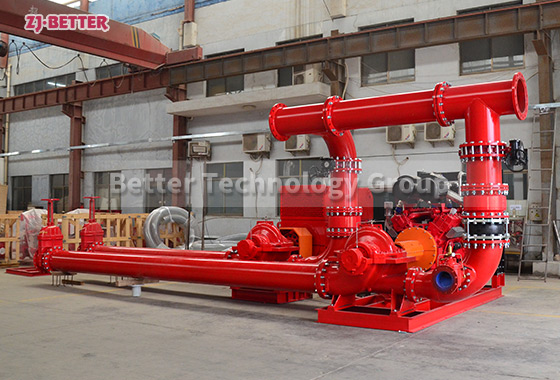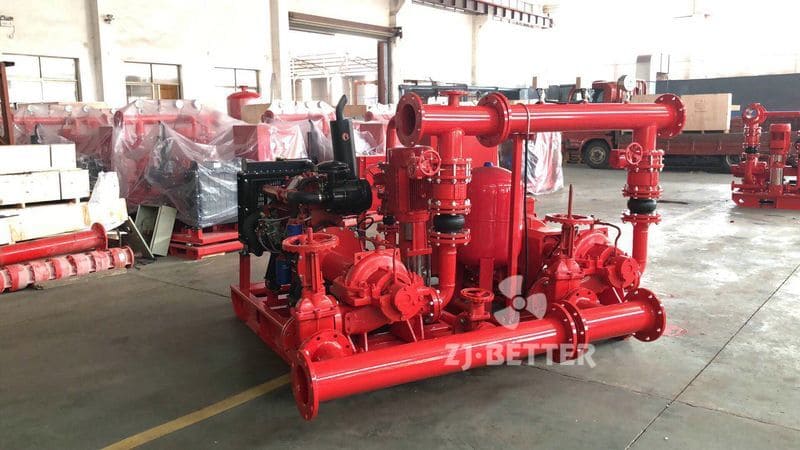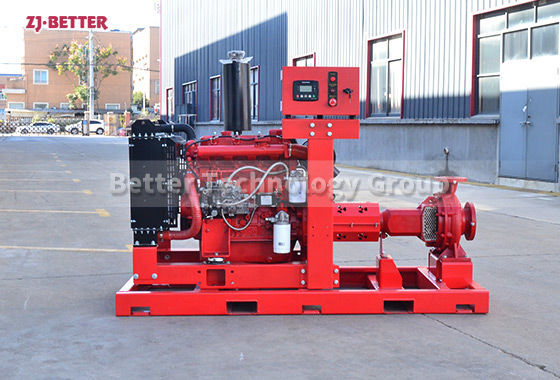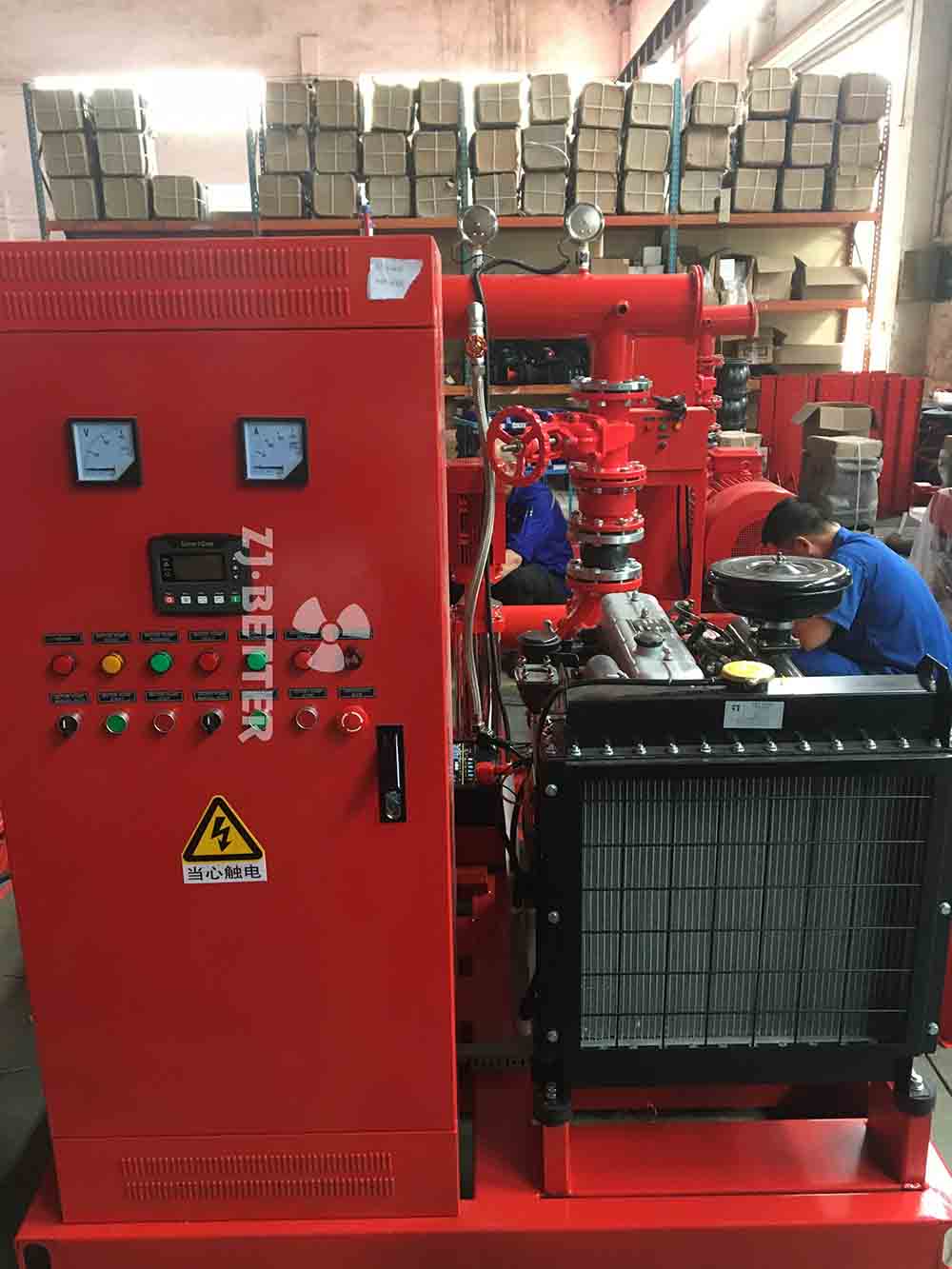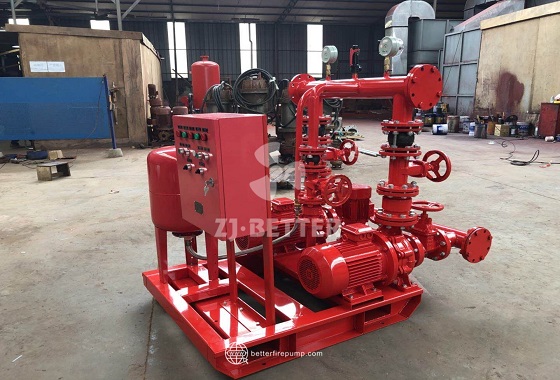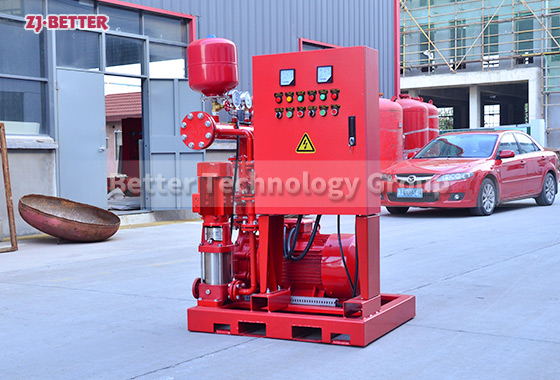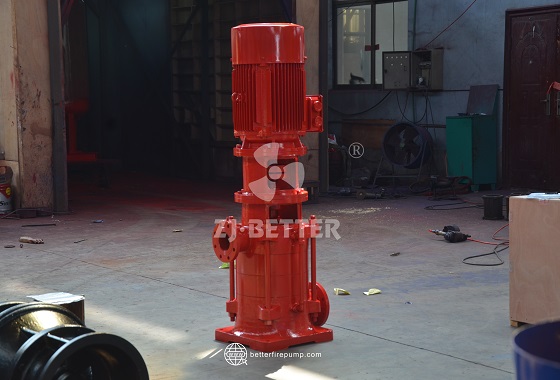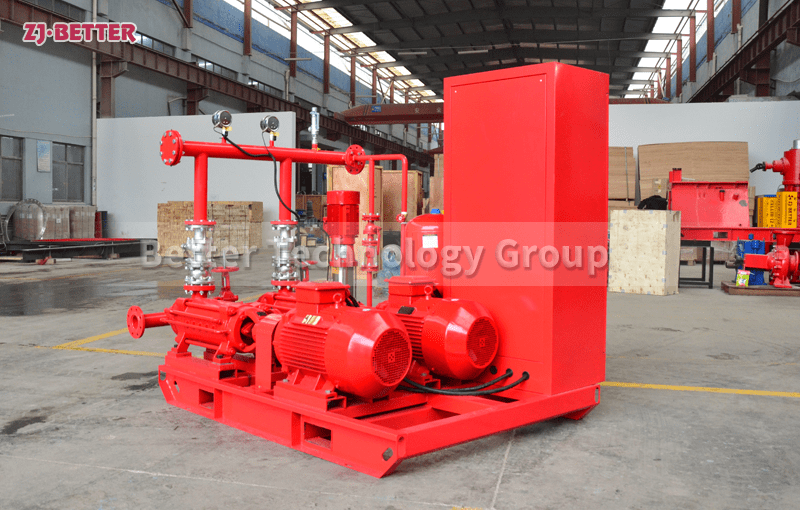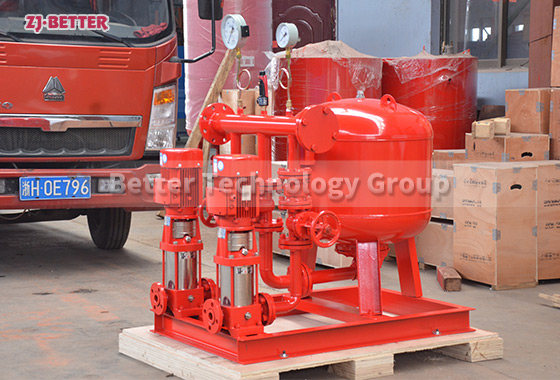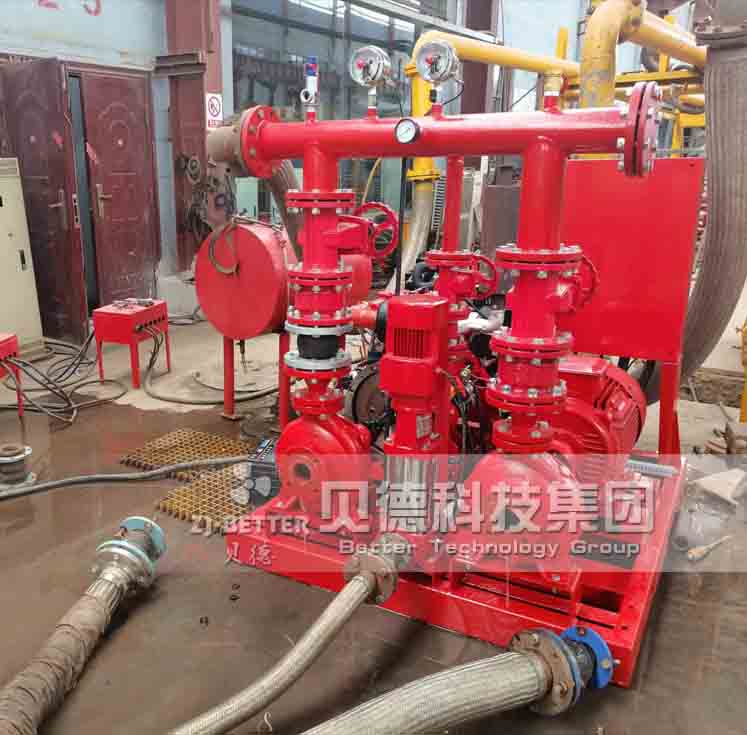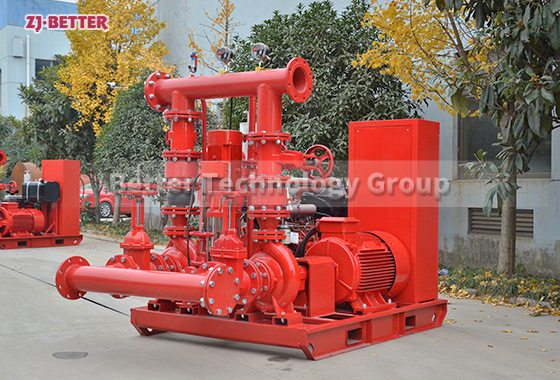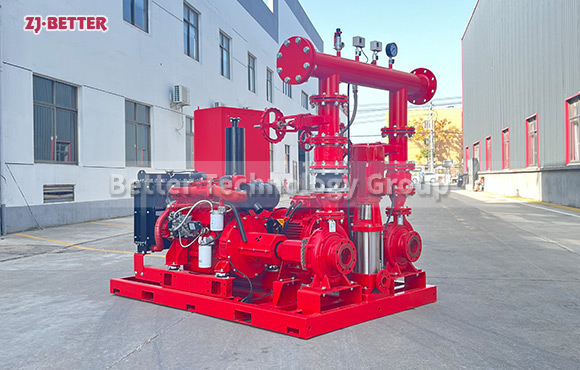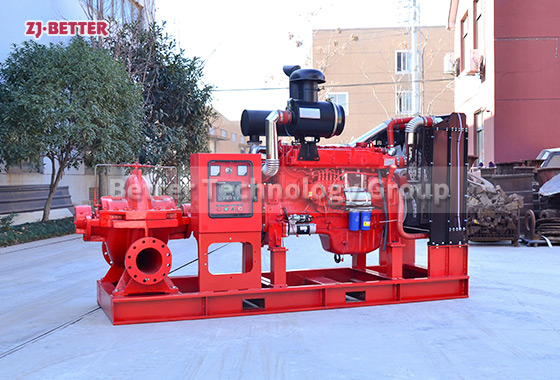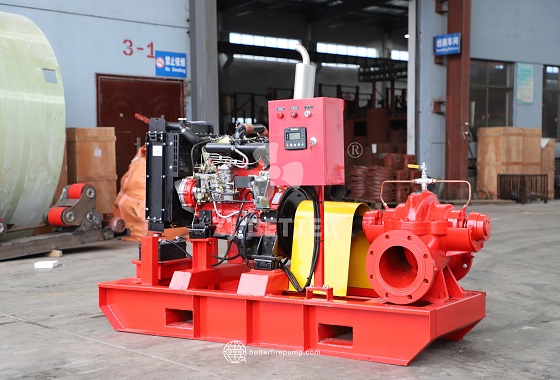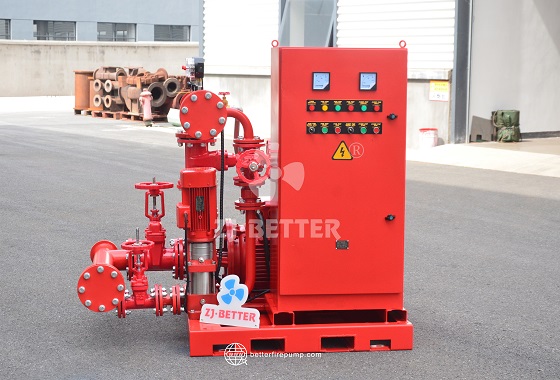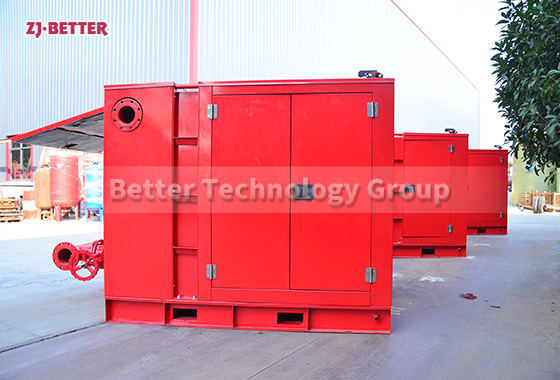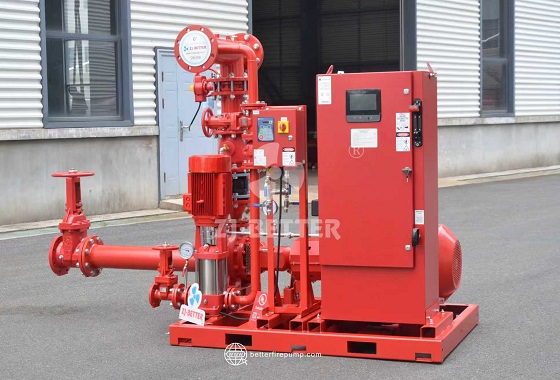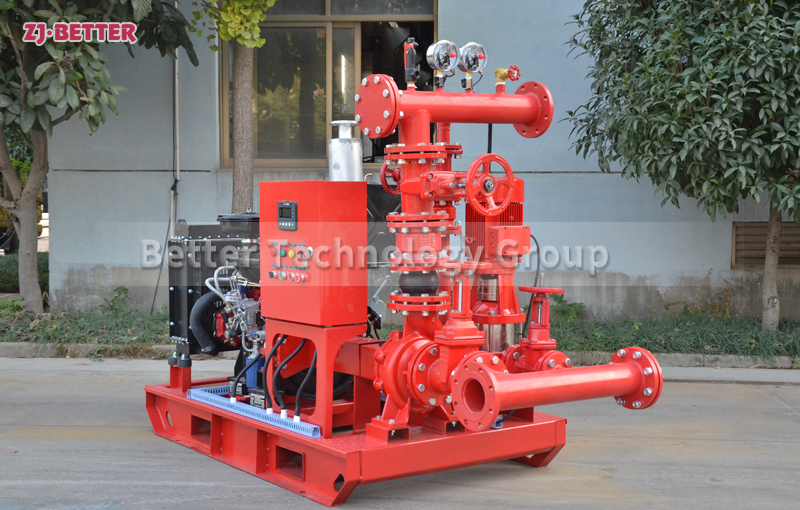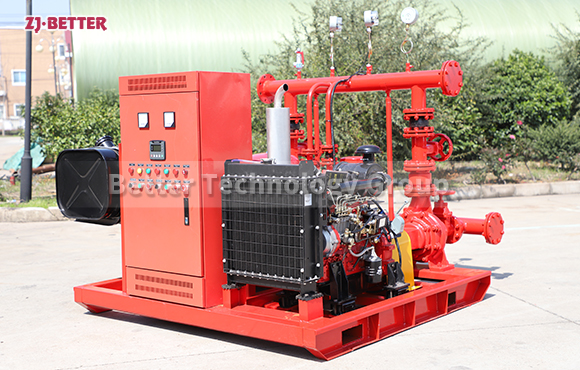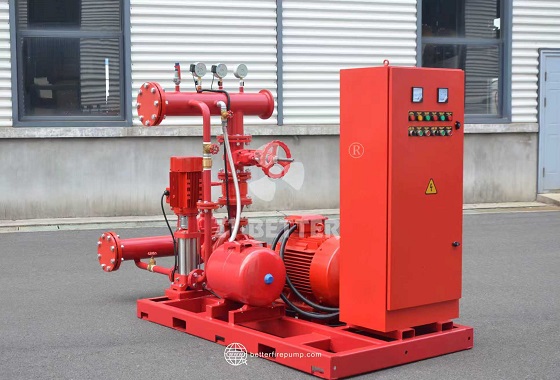How are fire pumps tested and maintained to ensure reliability?
Fire pumps are subject to rigorous testing and maintenance protocols to ensure they are always ready to operate in an emergency. This typically includes regular weekly or monthly churn tests, where the pump runs without discharging water, and annual flow tests, which verify that the pump can achieve its rated flow and pressure. These tests are crucial for identifying potential issues, such as wear and tear on components, blockages in the piping, or problems with the power supply. Additionally, fire pumps must be inspected for leaks, corrosion, and other signs of deterioration. Regular maintenance, including lubrication, alignment checks, and part replacements, helps extend the pump’s lifespan and ensures its reliability when needed most.
Fire pumps are subject to rigorous testing and maintenance protocols to ensure they are always ready to operate in an emergency. This typically includes regular weekly or monthly churn tests, where the pump runs without discharging water, and annual flow tests, which verify that the pump can achieve its rated flow and pressure. These tests are crucial for identifying potential issues, such as wear and tear on components, blockages in the piping, or problems with the power supply. Additionally, fire pumps must be inspected for leaks, corrosion, and other signs of deterioration. Regular maintenance, including lubrication, alignment checks, and part replacements, helps extend the pump’s lifespan and ensures its reliability when needed most.

